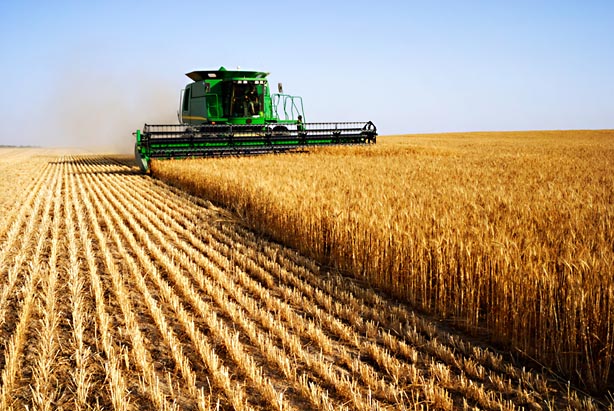IELTS Reading: Chọn chủ đề thích hợp cho đoạn văn
1. Read the following passage, and choose the best title from the list.

Using a laser scan of Bourges cathedral in France, a team led by John Ochsendorf of the Massachusetts Institute of Technology have 3D-printed thousands of bricks and are building an exact 1:50 replica. The researchers hope to use the mock-up to devise a way to gauge the stability, and thus safety, of historical buildings built of brick and stone.
Building the replica is painstaking work, but Ochsendorf thinks the process itself may be as valuable as the mechanics uncovered. For students of architecture and structural engineering, hands-on experience has largely given way to computer modelling. Techniques like 3D printing could be a way of reconnecting them with the craft behind the science, he says.
(New Scientist, 14.2 14.)
A) 3D printing a historical structure.
B) The benefits of 3D printing.
C) Computer modelling or hands-on experience?
D) A damaged cathedral is rebuilt.
2. Choose the best title for the passage below.

One simple, but highly effective, lesson from the Olympics comes from the visionary British cycling coach, Dave Brailsford. Brailsford believes that by breaking down and identifying every tiny aspect of an athlete's performance and then making just a 1% improvement in each area, the athlete's overall performance can be significantly enhanced. His concept of 'the aggregation of marginal gains' has been making transformative ripples in classrooms and schools ever since the cycling team came to prominence a few years ago.
What is so brilliant about Brailsford's marginal gains concept is that it is so flexible. It provides an accessible, precise and useful language for achieving success in a school context in various ways: from students improving their learning, to teachers looking to enhance their pedagogy, and, more broadly, school leaders looking to make small, but highly significant improvements.
(Adapted from The Guardian)
3. Read the following passage and choose the best heading.

The environmental challenges posed by agriculture are huge, and they’ll only become more pressing as we try to meet the growing need for food worldwide. We’ll likely have two billion more mouths to feed by mid-century - more than nine billion people. But sheer population growth isn’t the only reason we’ll need more food. The spread of prosperity across the world, especially in India and China, is driving an increased demand for meat, eggs and dairy, boosting pressure to grow more corn and soybeans to feed more cattle, pigs and chickens. If these trends continue, the double whammy of population growth and richer diets will require us to roughly double the amount of crops we grow by 2050.
(Source: National Geographic, May 2014)
A) Two key trends driving the demand for food worldwide.
B) The impact of agriculture on the natural world.
C) Growing populations and their need for food.
Bôi đen phần sau để xem đáp án nhé :)
1A 2B 3A
>> Reading: Chủ đề Pennsylvania Colony
>> Reading cho người mới bắt đầu (Lession 1)











Bình luận